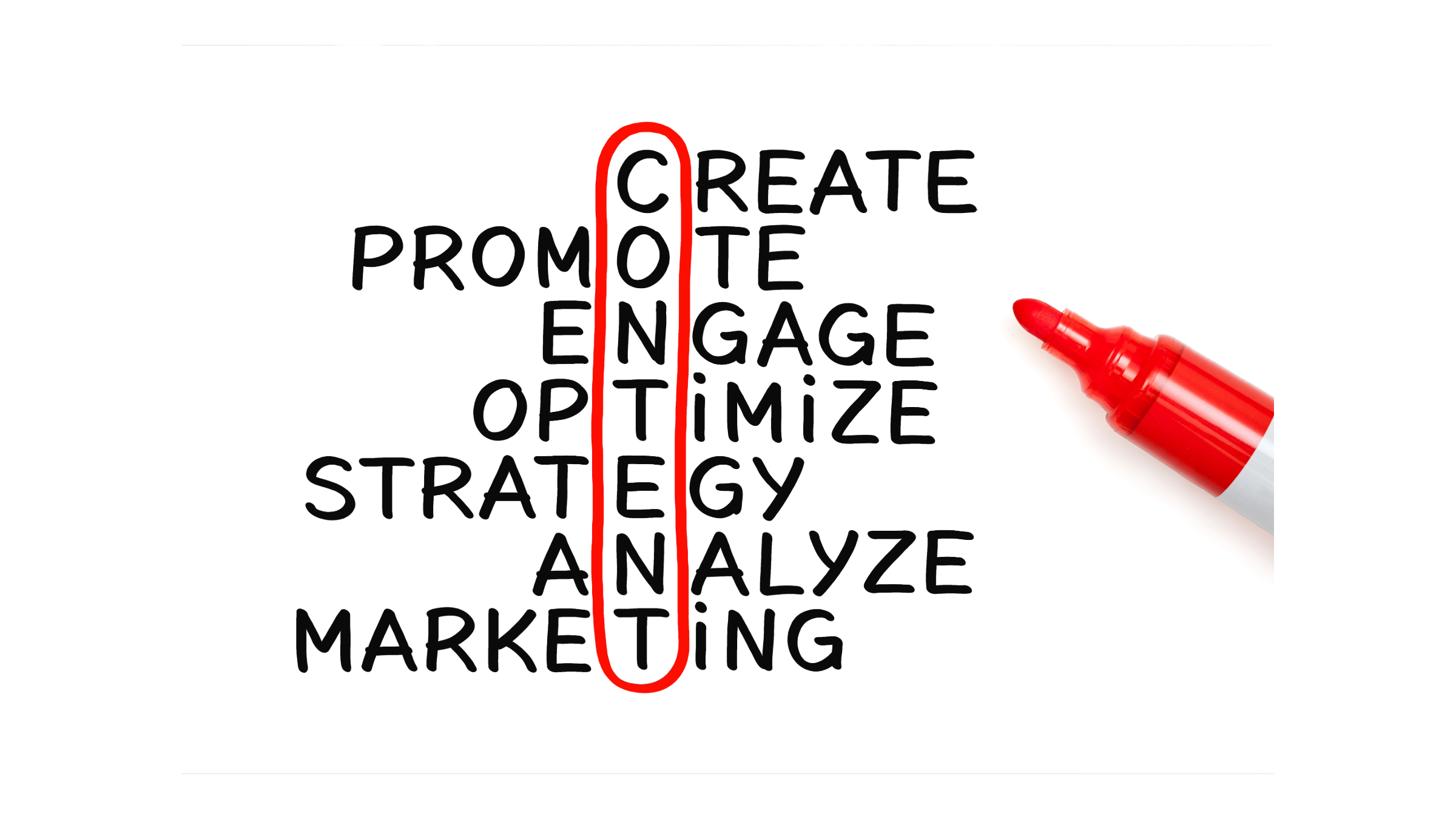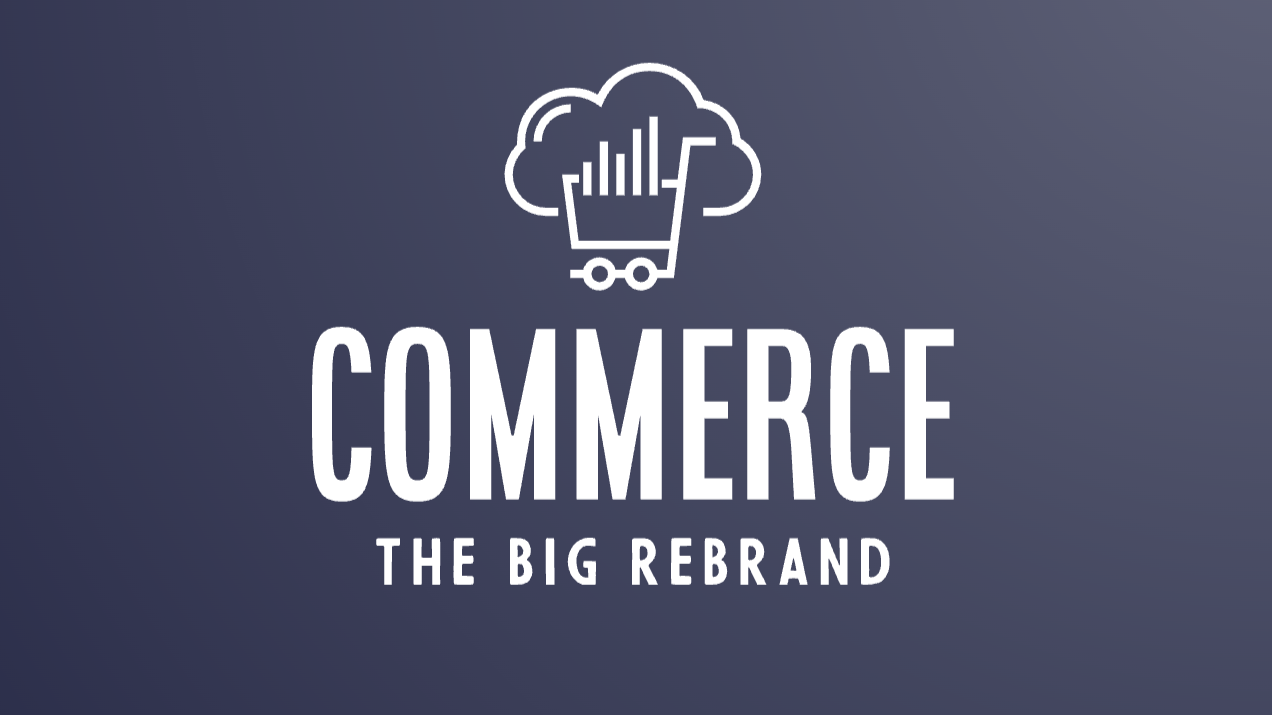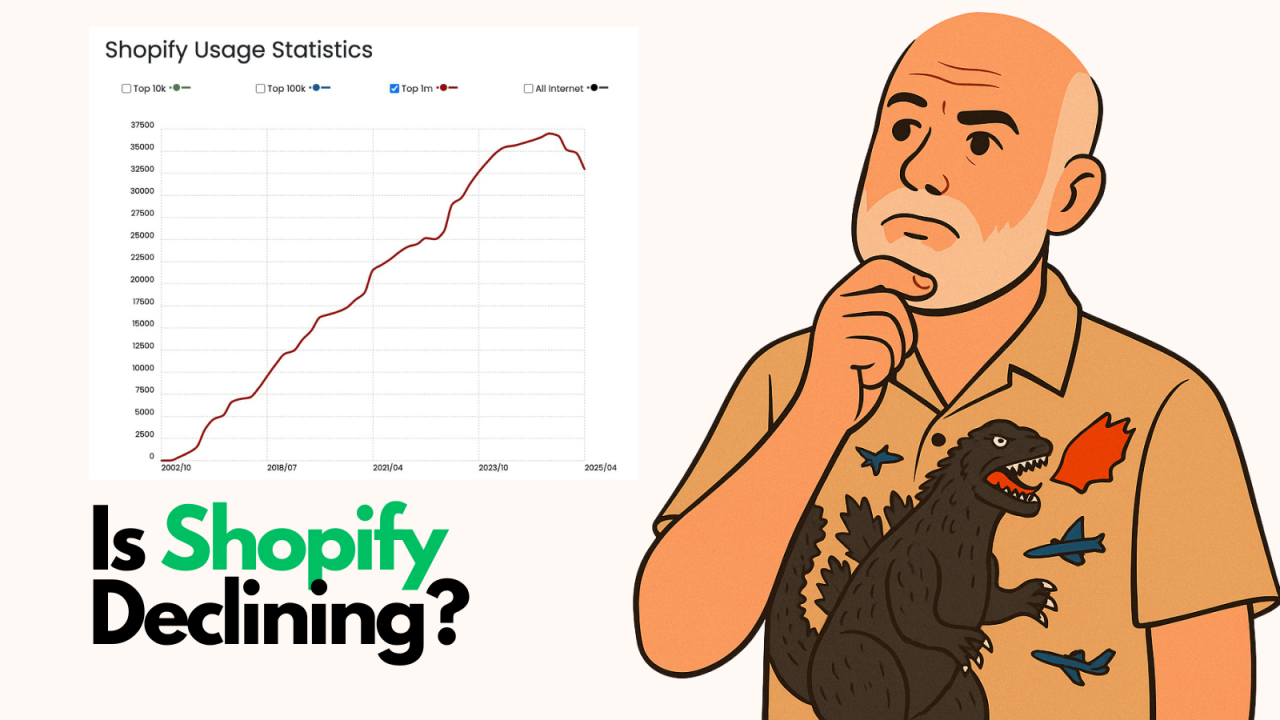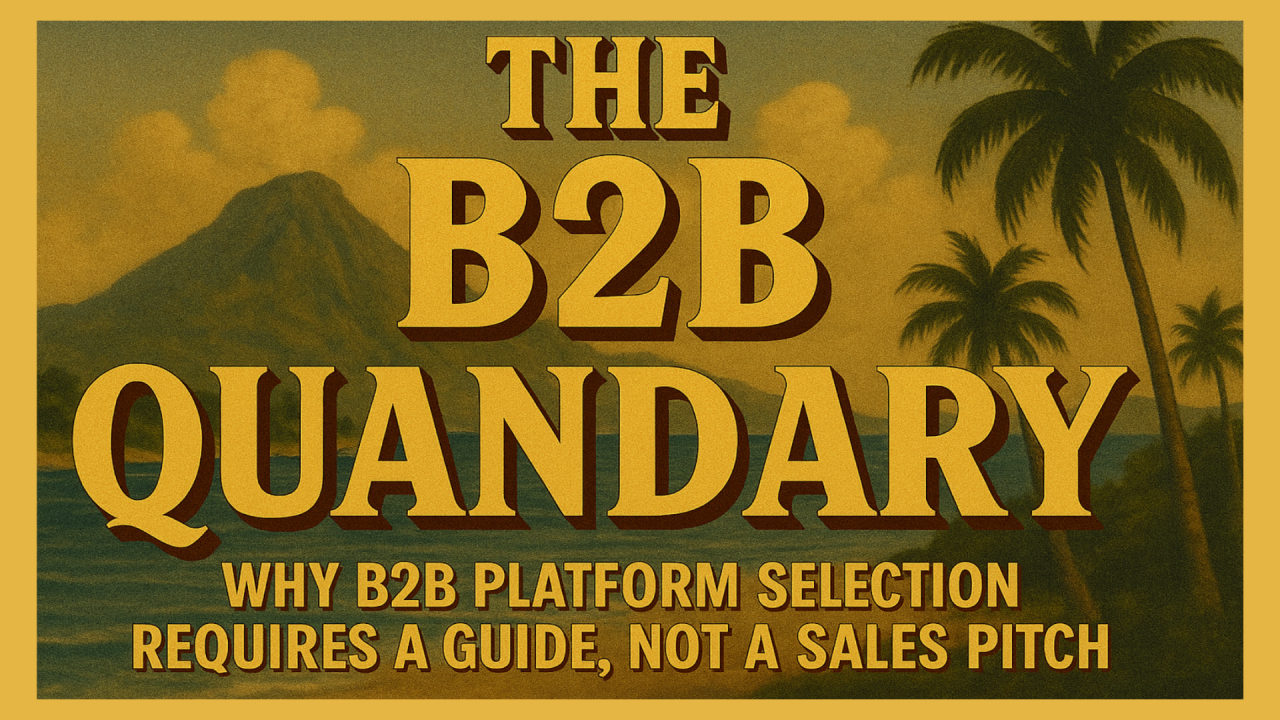
With the vast amount of content available online, it can be challenging to stand out from the crowd. However, by creating high-quality, engaging content and optimizing it for SEO, you can achieve higher Google rankings and attract organic traffic to your website. In this article, we'll explore some top tips for creating and optimizing engaging content that will help you rank higher in Google and achieve better SEO results.
The first step to creating engaging content is understanding why it's important. This is essential to attract and retain your target audience. When your audience finds your content interesting, informative, and valuable, they are more likely to engage with it, share it with others, and return to your website for more. Engaging content can also help to establish your authority and credibility within your industry, which can lead to increased brand awareness and loyalty.
To create engaging content, you need to have a deep understanding of your target audience. You need to know their interests, pain points, and motivations. By understanding your audience, you can create content that is tailored to their needs and interests, which will help to keep them engaged.
To create engaging content, you need to have a deep understanding of your target audience. You need to know their interests, pain points, and motivations. By understanding your audience, you can create content that is tailored to their needs and interests, which will help to keep them engaged.
One way to understand your target audience is by creating buyer personas. A buyer persona is a fictional representation of your ideal customer, based on market research and real data about your existing customers. By creating buyer personas, you can get a better understanding of your audience's demographics, interests, challenges, and goals.
Another way to understand your target audience is by conducting surveys and focus groups. Surveys and focus groups can help you gather valuable feedback on your audience's preferences, opinions, and behaviors. This information can then be used to create content that is tailored to their needs and interests.
Once you have a deep understanding of your target audience, the next step is to conduct keyword research and optimize your content for SEO. Keyword research is the process of identifying the words and phrases that people use to search for information online. By incorporating these keywords into your content, you can improve your chances of ranking higher in search engine results pages (SERPs).
When conducting keyword research, it's important to focus on long-tail keywords. Long-tail keywords are longer, more specific phrases that are less competitive than shorter, broader keywords. By using long-tail keywords, you can target a more specific audience and improve your chances of ranking higher in SERPs.
Once you have identified your target keywords, you need to optimize your content for SEO. This includes incorporating your target keywords into your content in a natural and meaningful way. You should also optimize your title tags, meta descriptions, and header tags with your target keywords.
Another key aspect of creating engaging content is ensuring that it is well-structured and easy to read. This means breaking up your content into smaller, digestible chunks and using subheadings to guide your reader through the content.
It's also important to use formatting elements, such as bullet points and numbered lists, to make your content easier to scan. Visual elements, such as images and videos, can also help to break up your content and make it more engaging.
Incorporating visuals and multimedia into your content is another effective way to make it more engaging. Visuals, such as images, infographics, and graphs, can help to illustrate complex ideas and make your content easier to understand. They can also help to break up your content and make it more visually appealing.
Multimedia, such as videos and podcasts, can also help to make your content more engaging. Videos and podcasts can provide a more interactive and immersive experience for your audience, which can help to keep them engaged for longer.
Your headline and meta description are the first things that people see when they come across your content in search engine results pages (SERPs). Therefore, it's important to make them compelling and engaging. Your headline should be clear, concise, and attention-grabbing. It should also include your target keyword.
Your meta description should provide a brief summary of your content and entice people to click through to your website. It should also include your target keyword and be no longer than 160 characters.
Internal linking and backlinking are two important strategies for improving your SEO and making your content more engaging. Internal linking involves linking to other pages on your website, which can help to improve your website's navigation and structure. It can also help to keep people on your website for longer.
Backlinking involves getting other websites to link to your content. Backlinks are important because they signal to search engines that your content is valuable and authoritative. This can help to improve your website's domain authority and increase your chances of ranking higher in SERPs.
Measuring the success of your content is important if you want to improve your SEO and create more engaging content in the future. Analytics tools, such as Google Analytics, can help you track metrics such as pageviews, bounce rate, and time on page. By analyzing these metrics, you can get a better understanding of how your content is performing and make adjustments accordingly.
When creating content, there are several common mistakes that you should avoid. These include:
The future of content creation and optimization is likely to involve more advanced technologies, such as artificial intelligence and natural language processing. These technologies can help to automate certain aspects of content creation and optimization, such as keyword research and optimization.
However, it's important to remember that creating engaging content will always be a human task. While technology can help to streamline the process, it can never replace the creativity and expertise of a skilled content creator.
Creating and optimizing engaging content is essential if you want to achieve higher Google rankings and improve your website's SEO. By understanding your target audience, conducting keyword research, and optimizing your content for SEO, you can create content that is both valuable and appealing to your audience. Incorporating visuals and multimedia, writing compelling headlines and meta descriptions, and implementing internal linking and backlinking strategies can also help to make your content more engaging. Remember to measure your content's success with analytics and avoid common mistakes such as being too promotional or neglecting to proofread and edit your content. By following these tips and staying up-to-date with the latest trends and technologies, you can take your content game to the next level.

Following up on my earlier post about BigCommerce's rebrand announcement, I got my hands on theCleveland...

By Brent W Peterson AI vs Shopify: Is Platform Dominance Ending in 2025?

The B2B OG Reality Check In 1995, I built my first B2B website for my then computer assembly company. It...